Mehrnaz Fani
Evaluating deep tracking models for player tracking in broadcast ice hockey video
May 22, 2022
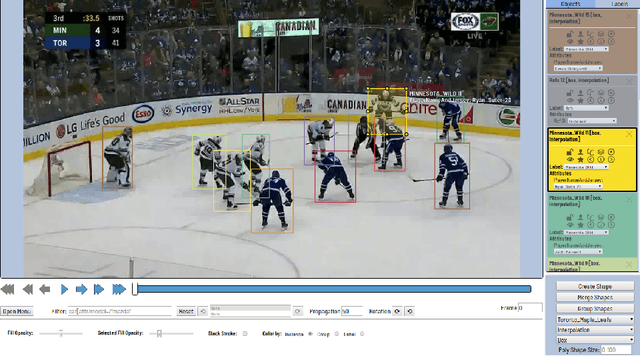
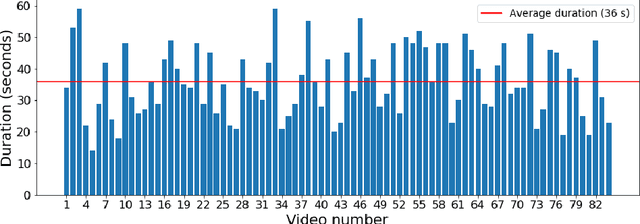

Abstract:Tracking and identifying players is an important problem in computer vision based ice hockey analytics. Player tracking is a challenging problem since the motion of players in hockey is fast-paced and non-linear. There is also significant player-player and player-board occlusion, camera panning and zooming in hockey broadcast video. Prior published research perform player tracking with the help of handcrafted features for player detection and re-identification. Although commercial solutions for hockey player tracking exist, to the best of our knowledge, no network architectures used, training data or performance metrics are publicly reported. There is currently no published work for hockey player tracking making use of the recent advancements in deep learning while also reporting the current accuracy metrics used in literature. Therefore, in this paper, we compare and contrast several state-of-the-art tracking algorithms and analyze their performance and failure modes in ice hockey.
Player Tracking and Identification in Ice Hockey
Oct 06, 2021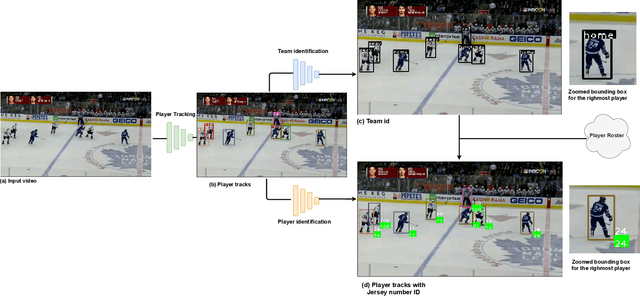
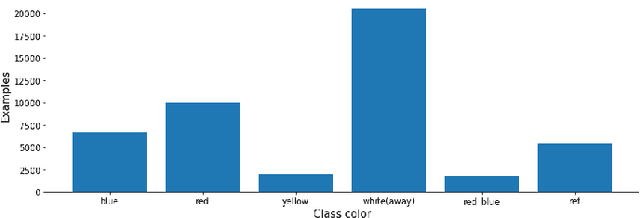
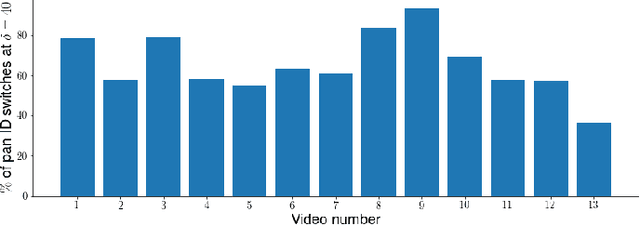
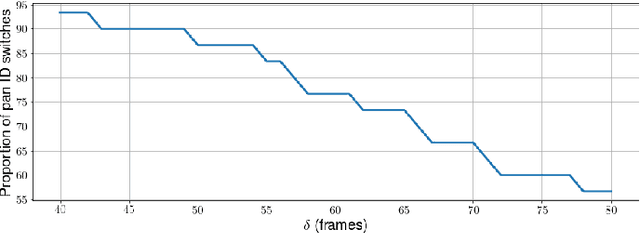
Abstract:Tracking and identifying players is a fundamental step in computer vision-based ice hockey analytics. The data generated by tracking is used in many other downstream tasks, such as game event detection and game strategy analysis. Player tracking and identification is a challenging problem since the motion of players in hockey is fast-paced and non-linear when compared to pedestrians. There is also significant camera panning and zooming in hockey broadcast video. Identifying players in ice hockey is challenging since the players of the same team look almost identical, with the jersey number the only discriminating factor between players. In this paper, an automated system to track and identify players in broadcast NHL hockey videos is introduced. The system is composed of three components (1) Player tracking, (2) Team identification and (3) Player identification. Due to the absence of publicly available datasets, the datasets used to train the three components are annotated manually. Player tracking is performed with the help of a state of the art tracking algorithm obtaining a Multi-Object Tracking Accuracy (MOTA) score of 94.5%. For team identification, the away-team jerseys are grouped into a single class and home-team jerseys are grouped in classes according to their jersey color. A convolutional neural network is then trained on the team identification dataset. The team identification network gets an accuracy of 97% on the test set. A novel player identification model is introduced that utilizes a temporal one-dimensional convolutional network to identify players from player bounding box sequences. The player identification model further takes advantage of the available NHL game roster data to obtain a player identification accuracy of 83%.
Multi-task learning for jersey number recognition in Ice Hockey
Aug 17, 2021

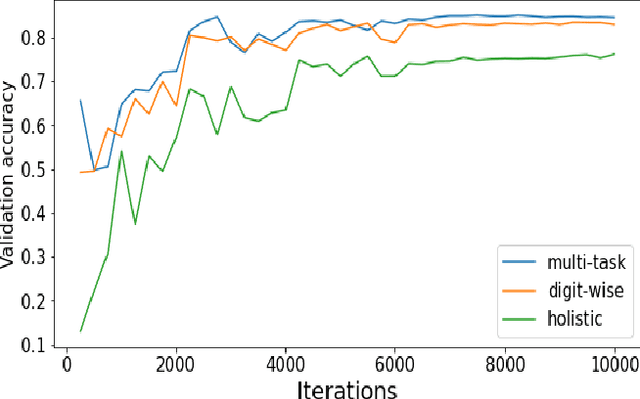

Abstract:Identifying players in sports videos by recognizing their jersey numbers is a challenging task in computer vision. We have designed and implemented a multi-task learning network for jersey number recognition. In order to train a network to recognize jersey numbers, two output label representations are used (1) Holistic - considers the entire jersey number as one class, and (2) Digit-wise - considers the two digits in a jersey number as two separate classes. The proposed network learns both holistic and digit-wise representations through a multi-task loss function. We determine the optimal weights to be assigned to holistic and digit-wise losses through an ablation study. Experimental results demonstrate that the proposed multi-task learning network performs better than the constituent holistic and digit-wise single-task learning networks.
Puck localization and multi-task event recognition in broadcast hockey videos
May 21, 2021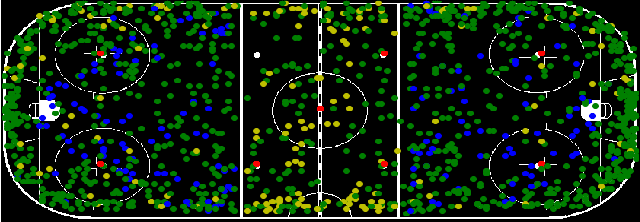
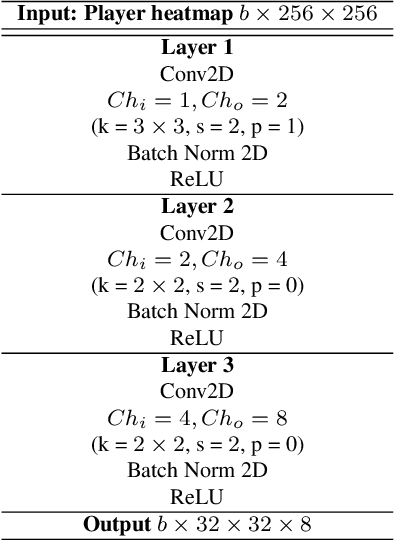

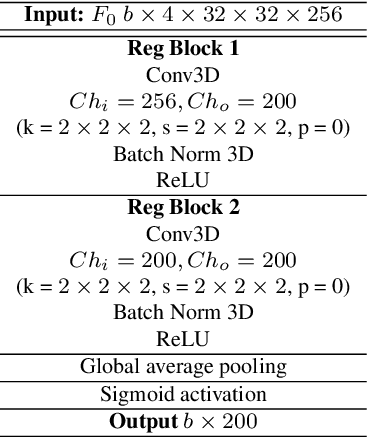
Abstract:Puck localization is an important problem in ice hockey video analytics useful for analyzing the game, determining play location, and assessing puck possession. The problem is challenging due to the small size of the puck, excessive motion blur due to high puck velocity and occlusions due to players and boards. In this paper, we introduce and implement a network for puck localization in broadcast hockey video. The network leverages expert NHL play-by-play annotations and uses temporal context to locate the puck. Player locations are incorporated into the network through an attention mechanism by encoding player positions with a Gaussian-based spatial heatmap drawn at player positions. Since event occurrence on the rink and puck location are related, we also perform event recognition by augmenting the puck localization network with an event recognition head and training the network through multi-task learning. Experimental results demonstrate that the network is able to localize the puck with an AUC of $73.1 \%$ on the test set. The puck location can be inferred in 720p broadcast videos at $5$ frames per second. It is also demonstrated that multi-task learning with puck location improves event recognition accuracy.
Localization of Ice-Rink for Broadcast Hockey Videos
Apr 22, 2021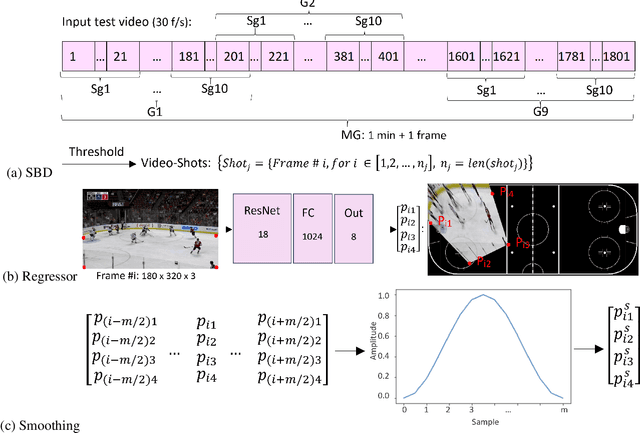

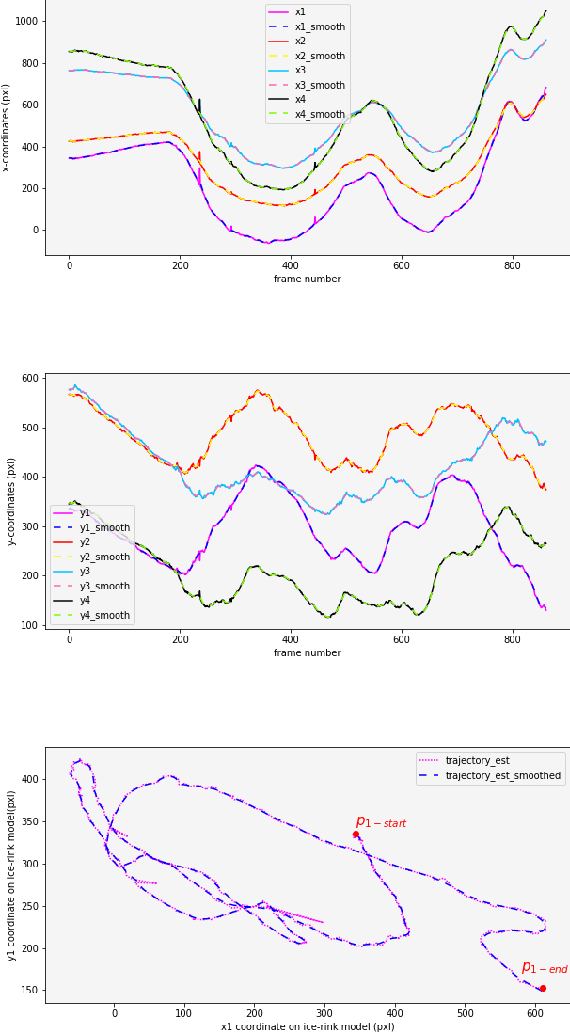
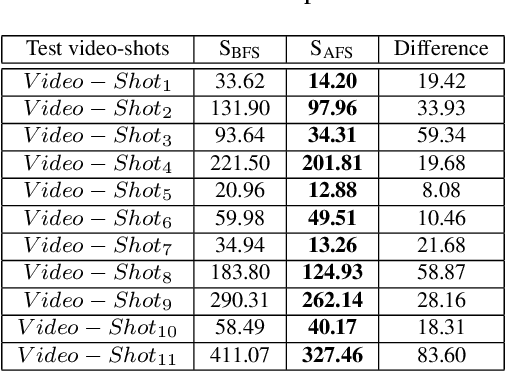
Abstract:In this work, an automatic and simple framework for hockey ice-rink localization from broadcast videos is introduced. First, video is broken into video-shots by a hierarchical partitioning of the video frames, and thresholding based on their histograms. To localize the frames on the ice-rink model, a ResNet18-based regressor is implemented and trained, which regresses to four control points on the model in a frame-by-frame fashion. This leads to the projection jittering problem in the video. To overcome this, in the inference phase, the trajectory of the control points on the ice-rink model are smoothed, for all the consecutive frames of a given video-shot, by convolving a Hann window with the achieved coordinates. Finally, the smoothed homography matrix is computed by using the direct linear transform on the four pairs of corresponding points. A hockey dataset for training and testing the regressor is gathered. The results show success of this simple and comprehensive procedure for localizing the hockey ice-rink and addressing the problem of jittering without affecting the accuracy of homography estimation.
Event detection in coarsely annotated sports videos via parallel multi receptive field 1D convolutions
Apr 13, 2020



Abstract:In problems such as sports video analytics, it is difficult to obtain accurate frame level annotations and exact event duration because of the lengthy videos and sheer volume of video data. This issue is even more pronounced in fast-paced sports such as ice hockey. Obtaining annotations on a coarse scale can be much more practical and time efficient. We propose the task of event detection in coarsely annotated videos. We introduce a multi-tower temporal convolutional network architecture for the proposed task. The network, with the help of multiple receptive fields, processes information at various temporal scales to account for the uncertainty with regard to the exact event location and duration. We demonstrate the effectiveness of the multi-receptive field architecture through appropriate ablation studies. The method is evaluated on two tasks - event detection in coarsely annotated hockey videos in the NHL dataset and event spotting in soccer on the SoccerNet dataset. The two datasets lack frame-level annotations and have very distinct event frequencies. Experimental results demonstrate the effectiveness of the network by obtaining a 55% average F1 score on the NHL dataset and by achieving competitive performance compared to the state of the art on the SoccerNet dataset. We believe our approach will help develop more practical pipelines for event detection in sports video.
 Add to Chrome
Add to Chrome Add to Firefox
Add to Firefox Add to Edge
Add to Edge